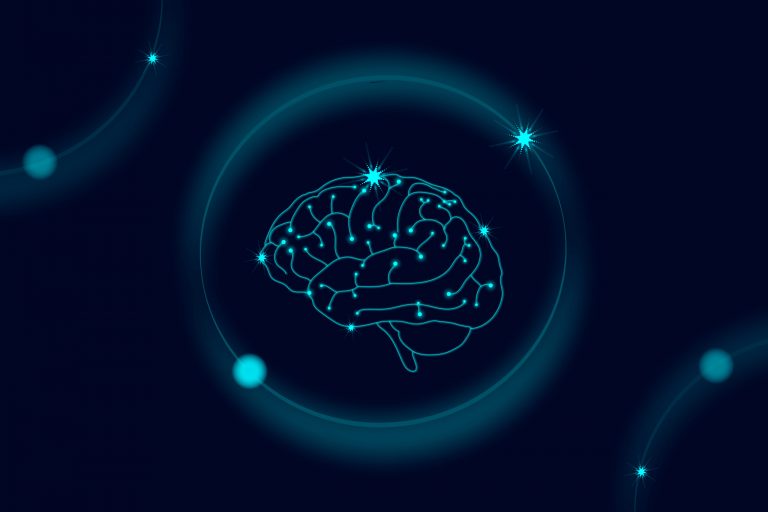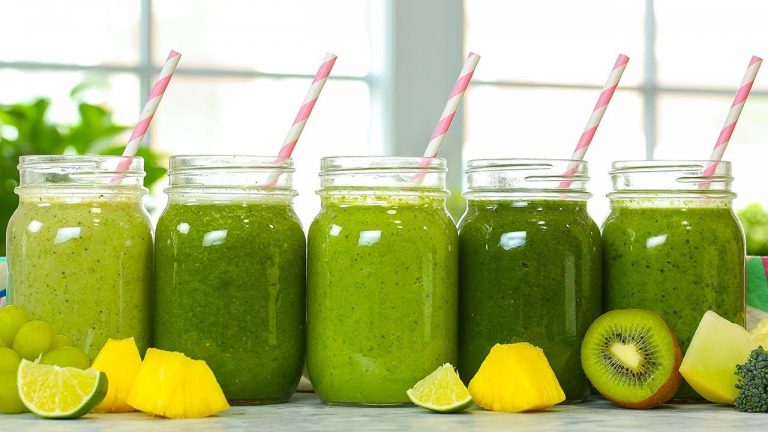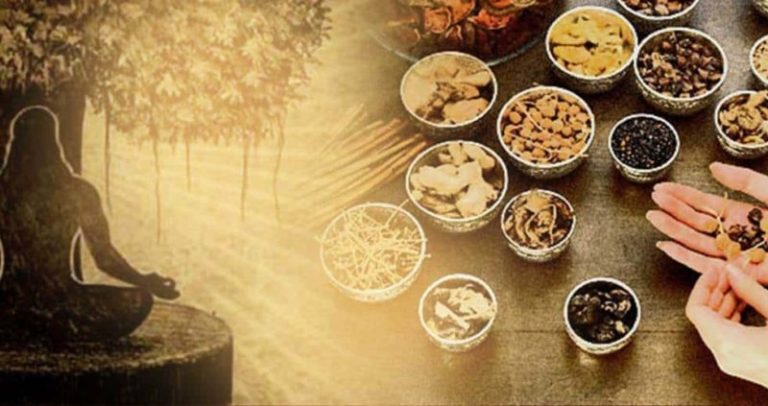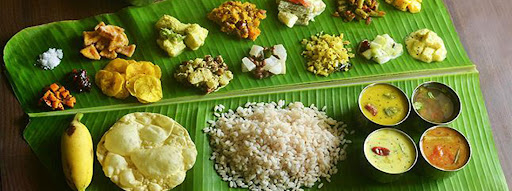‘A long, voluminous, lustrous and healthy hair’ is considered one of the most appealing elements in our physical appearance. But it’s still a distant dream for most of us, right? We understand how you feel.
But, would you believe if we said that your dream is absolutely achievable through Ayurveda? Scientific researches [1] have proved that Ayurvedic formulations are highly effective in treating even autoimmune diseases of hair loss like Alopecia areata.
With the help of our Chief Ayurvedic Doctor at Vedix, Dr. Zeel Gandhi, we tell you all the remedies suggested by Ayurveda to grow your hair longer and faster. Read on.
How Does Ayurveda View Your Hair?
According to Ayurveda, the hair is a direct by-product of your bone tissue (marrow) and it is also linked to the central nervous system and gut. This means any weakness in the bone tissue, nervous system and digestive system will naturally result in hair loss or diminishing hair growth.
In other words, the imbalance in your unique constituency or ratio (prakriti) of Vata, Pitta and Kapha doshas (bodily forces) will lead to the underlying issues in bone marrow, nervous and digestive systems, which in turn reflect in your scalp and hair.
You can understand your underlying dosha imbalance or physiological imbalance by assessing your hair texture and type of hair problems you have.
For example:
- The imbalance in Vata Dosha causes excessive dryness and flaky dandruff. Your hair becomes frizzy and brittle.
- The imbalance in Pitta Dosha causes receding hairlines, hair thinning and premature greying.
- The imbalance in Kapha Dosha can result in needless oil secretion. The excess oil blocks the follicles of your scalp, which leads to wet and sticky dandruff.
Now before we get into the Ayurvedic hair growth secrets, let’s first look into different external and internal factors that buildup toxins (ama) in your body, resulting in Dosha imbalance and simultaneous hair loss.
What Causes Dosha Imbalance And Hair Loss?
1. Over Styling
Over styling elevates the Pitta and Vata Dosha in your hair externally. When you apply extreme heat to your hair by styling it frequently, it dries up the moisture in your hair strands.
The heat also damages the hair cuticles, leading to dysfunctioning of the hair growth process on your scalp, which eventually results in baldness. The dry hair as a result of over-styling becomes vulnerable to split ends and breakage.
2. Poor Diet
When your diet does not include sufficient nutrients required for hair growth or if you have poor digestion due to any underlying disease in your digestive system, it affects your hair growth cycle severely. This is due to inflation in your Vata and Pitta Doshas.
You require hair growth vitamins-A, B group, C, D, E, along with iron, zinc and protein for hair follicles to stimulate healthy hair growth. However, excess intake of hair growth vitamins like Vitamin-A and proteins can lead to hair loss in some individuals.
This happens due to the inflation of Kapha Dosha. Hence, you need a balanced diet regimen based on your Prakriti and current dosha imbalance.
3. Stress Levels
Prolonged physical and emotional stress remarkably causes Vata or Pitta imbalances in your body. This accelerates your hair fall as stress changes the functioning of your immune system, causing inflammation in your hair follicles and hindering hair growth.
Uncontrolled stress is also linked to the condition Alopecia areata, which cause the hair to fall out in clumps and result in bald spots on the scalp[2]

4. Lifestyle And Environmental Factors
Environmental stressors like exposure to toxins, smoking and pollution, etc. can severely impact your hair health. High pollution environments may increase the risk of sensitive scalp syndrome [3] which comes with painful hair roots, dandruff, itching and oily scalp.
Smoking, even when it is passive can cause damage to the DNA of the hair follicles and it also increases oxidative stress in the body, which leads to severe hair damage and hair loss.
5. Genetics
The genes you inherit from your parents and grandparents determine the shape, texture and hair growth cycles. Each hair follicle in your body has a continuous cycle of growth and resting phases, which normally lasts for a lifetime.
In case you have balding genes, the normal hair growth cycle can be disrupted in your 20s-30s. The symptoms are hair thinning and eventually bald spots on the scalp. Sometimes, increased accumulation of male hormones (DHTs) at hair follicle receptors causes hair fall. This is inherited through the genes [4] and can be attributed to the Pitta constitution.
6. Age
In Ayurveda, it is believed that in any individual, the phase from childhood till 16 yrs of age is governed by Kapha dosha, whose balance is the ideal condition for healthy and abundant hair growth.
The period from 16 years to 50 years is governed by Pitta Dosha, when you are more prone to hair problems related to Pitta imbalance. In old age, i.e after 50 years and beyond, the Vata dominates other bodily forces and you may have increased hair loss as the hair growth process gradually decreases.
7. Hormones
The acute change in your hormone levels will cause hair loss. Women may feel faster hair growth during pregnancy and they have hair loss at a faster rate than normal post-pregnancy. This is due to an increase in the level of estrogen hormones, which promotes a higher ratio of hair follicles in the growing phase.
The hair follicles return to the resting phase after the birth of the baby, which makes them feel as if they are shedding hair. Women experience hair fall even during menopause, though it is temporary and hair regrows with time.
How To Make Your Hair Grow Longer?
As mentioned above, problems related to hair are an early sign of poor health of vital organs like skeletal or endocrine systems. So, simulating long and healthy hair growth by treating the imbalanced doshas through Ayurveda is not just a beauty exercise but also essential for your overall health! Let’s see how you can do that.
1. Begin With An Ayurvedic Evaluation
To start with Ayurvedic ways for long hair growth, you need to determine your dosha imbalances. You can do that either by taking a dosha questionnaire or consulting an Ayurvedic practitioner.
This will throw light on the likely causes for the imbalance of your doshas, which you can address through 100 % natural Ayurvedic herbs and methods.
2. Condition Your Hair With Kesha Dravyas Before Hair Wash
Unlike the general procedure of using shampoo and then using a hair growth conditioner, Ayurveda suggests to condition the hair and scalp prior, and then go for rinsing with herbal cleansers/shampoos.
The following ingredients are Kesha Dravyas which are predominantly used to condition your hair in Ayurveda and are known to promote hair growth:
- Narikela(coconut)
- Tila (sesame seeds)
- Bhringraj (Eclipta alba)
- Neelini (Indigo)
- Jatamansi (Nardostachys Jatamansi)
- Brahmi (Bacopa)
- Amala (Phyllanthus Emblica)
You can use herbal oils made from the above ingredients to massage your scalp and hair before you take a head bath.
You can also apply the henna paste, yogurt, aloe vera gel or eggs to your scalp and hair, and wash it after some time. These ingredients are well known for their moisturizing and conditioning action in Ayurveda.
How To Condition:
Ayurveda suggests two methods to treat your scalp and hair with warm oils.
A. Shirodhara
‘Shiro’ refers to the head and ‘Dhara’ means flow. In Shirodhara, warm oils are rhythmically poured on your forehead and scalp, which is then massaged. This stimulates the pineal gland (master endocrine gland according to Ayurveda) and balances the endocrine system.
Shirodhara also enhances the melatonin release, in turn improving the state of calmness, providing relaxation and relieving insomnia [5]. It is very much recommended when the major factor responsible for your hair fall is stress.
B. Shiro Abhyanga
‘Shiro’ refers to Head while Abhyanga refers to massage. It involves massaging hair along with neck and shoulders with Ayurvedic medicinal oils. It nourishes your hair, relaxes your mind and relieves you from physical and mental tensions.
Shiro Abhyanga pacifies excess Pitta Dosha while supporting hair follicles, and nourishing nerve endings and sensory organs. Oils like Brahmi Bringaraj Taila, Bringamalakadi Taila, coconut and sesame oils are generally used for Shiro Abhyanga.
3. Cleanse Your Hair With Ayurvedic Or Herbal Shampoo
Ayurveda provides you with powerful and natural hair growth shampoos/cleansers which are free of harmful chemicals like SLS, SLEs, parabens, silicons, etc. These harsh ingredients in chemical shampoos can clog your follicles and stop your hair growth.
The following are few natural herbs with cleansing action, which Ayurveda suggests as the best ingredients in hair growth shampoos:
A. Shikakai (Soap Pod)
Shikakai cleanses your scalp by removing excess oil and unclogging the toxins from your scalp pores. Ayurvedic texts mention that Shikakai has lather foaming quality and does not strip natural oil from your scalp and hair.
You can use Shikakai with a combination of Reetha (soap nut), Amla (Indian Gooseberry) and hibiscus to treat frizzy and dry hair due to the Vata imbalance.
B. Hibiscus Leaves And Flowers
The paste of Hibiscus leaves and flowers can be used as an efficient cleanser as it lathers very well. It fights Pitta imbalance and helps you achieve well-nourished, black and long hair.
C. Aloe Vera
Aloe vera is a cooling and soothing scalp cleanser, and very useful in treating Pitta imbalance by healing heated-up scalp with redness, rashes and itching.
D. Triphala Churna
The three fruits Haritaki (Chebulic Myrobalan), Bibhitaki (Terminalia bellirica) and Amalaki (Indian Gooseberry) are blended in the right proportion to form this Triphala churna. The mix of Reetha (soap nut), Shikakai(Soap pod) and Triphala churna is one of the best herbal shampoos that cleanse all the dust and dead cells, while providing long-lasting softness and shine.
Triphala moisturizes your hair and works actively on your hair texture to increase its volume. And, it is a Tridosha hara, which helps you combat almost all kinds of hair problems and can promote regrowth of your hair.

4. Professional Ayurvedic Therapies
A. Takradhara
Takradhara, a traditional Ayurvedic procedure, involves pouring the stream of medicated buttermilk over the forehead like in Shirodhara. Takradhara balances excess Pitta dosha, in turn relieving you from hair fall and premature greying.
B. Basti
The elimination and retention of excreta from the body are controlled by Vata, which is mainly located in the large intestine. Basti, the process of enema with medicated herbal oils or solutions is one of the best solutions to pacify Vata Dosha in the colon.
As there is a relation between Asthi dhara kala (membrane of the bone tissue) and Purisha dhara kala (colon membrane), Ayurvedic medications given rectally to balance the Vata in the colon, in turn keeps the health of bone tissues and hair.
Note: These two specific Ayurvedic therapies to pacify your aggravated Doshas needs to be administered by a qualified and experienced Vaidya.
5. At-Home Ayurvedic Treatments
A. Nasya
According to Ayurveda, the nasal passage is a sacred pathway to reach our very soul! Nasya involves the application or putting of specific herbal oil drops inside the nose, based on your imbalanced Dosha. In general, you can use Anu Thailam and Desi ghee.
Nasya helps to detox your head and neck region while cleansing the sinus and throat. It helps your body in repairing the damaged hair follicles and regenerate new follicles.

B. Pichu
Pichu is a palliative treatment in which a long and thick layer of cotton gauze pad is soaked with warm Ayurvedic oil and applied over the ‘Crown chakra’ region on the head. The oil needs to be replaced periodically to maintain warmness.
‘’Pichu is one of the most effective therapies for Vata disorders,’’ says Dr. Zeel.
C. Karnabhyanga
Karnabhyanga or ear massage with warm Ayurvedic oil is one of the best techniques to pacify Vata in the ears, as your ear is one of the seats of Vata dosha. This immediately calms your mind and helps you fight hair fall due to stress or Vata.
D. Padabhyanga
Padabhyanga refers to massaging your feet with Ayurvedic herbal oil. You can achieve instant mental relaxation as Padabhyanga stimulates some special points on the feet, relaxing ligaments and improving circulation to lower limbs. This works best for improving your vision and mental health, in turn helping you combat your hair fall due to excess Pitta dosha.
You can also perform Kansa Vatki on your feet, where you can use a metal bowl made of an alloy of copper, zinc and tin (Red Brass) to rub onto and simulate your feet. According to Ayurveda, in Kansa Vatki, copper relieves you from pain and inflammation, zinc helps your body in the proper functioning of immune and digestive systems, and Tin aids in digestion and relieves you from insomnia and headaches.

E. Scalp Scrubbing
Scrubbing cleanses your scalp by eliminating dead cells, residue and other toxins accumulated as a result of pollution and harmful hair products. It also promotes good blood circulation and hair growth.
Some of the natural and homely ingredients which can be used for scalp scrubbing are as follows:
- A mixture of sugar and honey
- Methi (Fenugreek ) powder
- A mixture of Onion and honey
- A mixture of black pepper and freshly chopped ginger (slight irritation is expected)
6. Supplements For Hair Growth
As discussed above, balanced levels of many nutrients are essential for strong, healthy and long hair. Apart from hair growth vitamins (A, B, C, D, Biotin, etc.), you need minerals like Iodine, Zinc, Copper, Silica, Iron, Selenium and other nutrients like methionine, lysine, collagen, etc. to support your healthy hair growth process.
When you are not receiving sufficient nutrients from your diet, you can provide them through nutritional supplements as they are necessary not just for long and healthy hair growth, but for many essential body functions like thyroid, adrenal, etc.
Also, you can opt for herbal supplements, which are specific to the Dosha imbalance for oral consumption. For example, if you have a Vata Dosha imbalance, Triphala can be recommended as a herbal supplement, which enhances your digestive fire, aids gentle bowel detox and provides nourishment to your hair follicles. Similarly, other Dosha imbalances will have their specific recommendations.
Also, you can use herbs like Ashwagandha[6] (Indian Ginseng-a great stress reliever), which provides great support to your Adrenal gland. And, specific herbs like Brahmi (Bacopa) can be used as both internal and external medications to relieve yourself from stress, with an additional benefit of enhanced focus and recovery from conditions like brain fog.
Note: Please consult your Ayurvedic doctor before intaking any Ayurvedic herbs as oral medication.
7. Moisturize And Protect Your Hair With Shirolepa (Hair Mask)
To obtain healthy and longer hair growth, you can find hair masks/packs as one of the potential ways to provide essential nutrients for nourishment and root strengthening.
Ayurveda brings you Shirolepa (Shiro=Head and Lepa=Paste), where an Ayurvedic herbal paste specific to your elevated Dosha is applied to the entire scalp and hair shaft. You need to let the paste settle and interact with your scalp for a minimum of two hours before washing it off with lukewarm water.
Apart from pastes with Dosha specific ingredients, you can also use Amalaki + Buttermilk, Bhringraj (king of hair) and Henna, which are the most common options for Shirolepa. Henna is also a natural and toxin-free alternative to chemical hair dyes.

This rejuvenation therapy predominantly works well to reduce Pitta aggravation, while helping you repair split-ends, eliminate dandruff and control frizz. Also, Shirolepa is very useful in treating migraines, headaches and insomnia, which are co-occurring symptoms of Dosha aggravation along with hair loss.
8. Get Frequent Trims
Excess of Vata dosha leads to brittle hair and split ends, which stunt your hair growth. Regular trimming of those split and dead ends make your hair prone to lesser breakage and promote faster growth.
It is suggested to get your hair trimmed at least once in three months for good results. You can cut the splits of about half inch to one inch while trimming your hair.
9. Reduce Heat Styling
As mentioned before, constant styling dries your hair with heat, making it much harder to grow. Although you can prevent damage only to a certain extent by using heat protectants whenever you style your hair, the best way is to air dry your hair and stay completely away from styling processes.
Hair curling wands, straighteners, chemical relaxers or any other styling agents, which cause severe damage to your hair follicles accelerate your hair loss drastically. Sometimes, it may also lead to permanent hair loss when associated with genetic factors.
10. Brush Your Hair With More Care
Ayurveda suggests that you have to brush your hair every night to stimulate the scalp for longer and faster hair growth. But, aggressive brushing may cause physical damage to your hair, preventing its quicker growth. So, make sure you brush your hair gently.
While you can brush your scalp gently from left to right, front to back and vice–versa, you need to brush your hair shaft portion starting from the bottom and slowly detangle the knots as you work your way up.
You can follow the same procedure to detangle your hair extensions (in case you are using) to avoid excess pressure on your hair roots.
According to Ayurveda, using a wooden comb is always better as it won’t generate static electricity, which can cause damage to your hair.

11. Being Healthy From Inside Out
Sticking strictly to everyday and seasonal healthy regimens (Dinacharya and Ritucharya) is what Ayurveda believes is a path for overall well being. Incorporating a routine along with fixed eating and sleeping habits can go a long way in strongly influencing your physiology and restoring balance into your life.
An everyday schedule trains your nervous system with reference points, which in turn eases the functioning of your body tissues to perform the same way at a particular time each day. This drastically reduces the release of stress hormones in the body.
Make a routine by waking up at a fixed time and doing regular exercise, which helps your body release tensions, enhance circulation and boost its natural capacity to rejuvenate itself.
Also, you can try activities like Pranayama and Yoga, which are extremely beneficial in calming down your nervous system. While Pranayama flushes out toxins of the body and regulates your mental disposition, Yoga improves your overall physical and mental health. Even, meditation can be an excellent tool to adapt your brain to combat excess stress.
Ayurveda also suggests different Yoga routines that are specific to pacify Vata, Pitta and Kapha Doshas.

Apart from the routine, make sure you spare some time every day to do things which you love, like reading a book, spending time with loved ones, or embracing the beauty of nature, which naturally calms your mind and restores your mental equilibrium. In turn, it tones your body’s response to stressful situations and thus, allows your hair to be more nourished and less prone to damage.
Avoid These Bad Hair Habits
1. Brushing Wet Hair
Your hair becomes fragile and more susceptible to breakage when it is soaking wet. So, it is best for your long hair growth if you avoid brushing while it is wet. Also, it is recommended to gently press the water off your hair with a soft T-shirt or hands, instead of rough-drying it with a towel. And, brush your dried hair with a wide-tooth comb.
2. Using Hot Water
Washing hair with hot water is one of the common bad hair habits responsible for hair fall and premature greying (aggravated Pitta issues). Avoid using hot water for your hair as it damages the skin and nerve roots on your scalp. Ayurveda suggests hair wash with lukewarm temperature water at normal times and room temperature water during summer.
3. Hair Colors
Chemical processes such as dyeing and highlighting your hair can result in broken hair and slowing down hair growth. The bleach in chemical dyes lifts the outer cuticle, making your hair strands brittle and frizzy. Also, the harsh chemicals used in hair dyes may increase the risk of various kinds of cancer [7].

4. Over-Washing Your Hair
Over-washing or shampooing your hair strips the natural oils that are vital for your hair and scalp health, leading to brittle hair and breakage. For obtaining long hair faster, you can limit your hair wash to 2-3 times per week. Also, make sure you gently massage your scalp and hair with warm Ayurvedic hair oil before hair wash.
Quick Tips For Better Hair Growth
- Drink sufficient amounts of water.
- Sleep adequately, 7-8 hours of sleep regimen is necessary.
- Include vegetables, fruits and other foods in your diet to supply necessary vitamins naturally to your body that enhance your hair growth.
- Avoid smoking and drinking alcohol as they build up toxins in your body, which lead to hair loss.
Note: If you experience any unexplained and severe hair loss, consult your doctor immediately as certain illnesses and health conditions, which may need prompt medical attention, can cause hair loss.
The Last Word
As you can see, Ayurveda provides you with plenty of options for hair care and longer hair growth. Apart from holistic remedies and practices of incredible wisdom, the most important aspect of Ayurveda is finding solutions that your Prakriti requires the most.
This is why Vedix provides you with a customized Hair care regimen that best aligns with your condition based on your Dosha levels.
Know Your Dosha Now
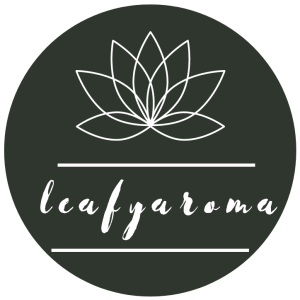
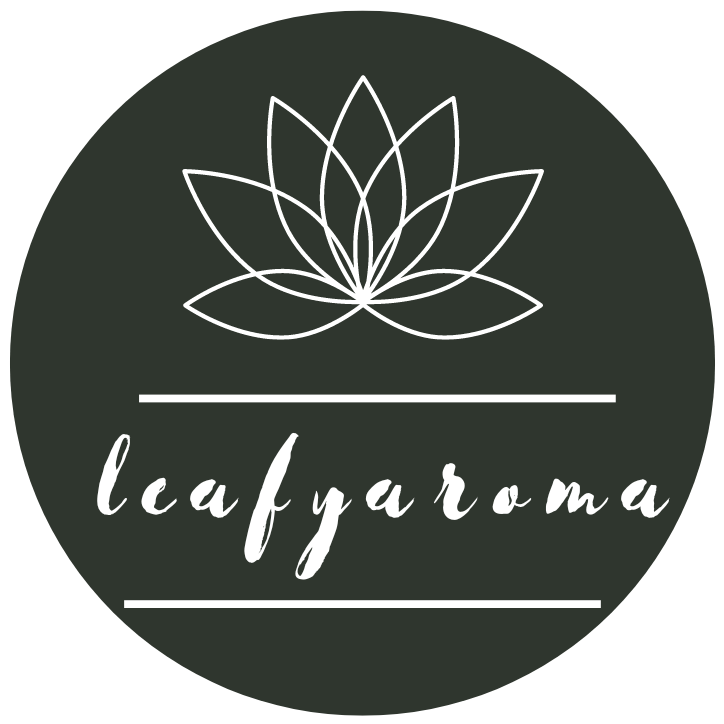

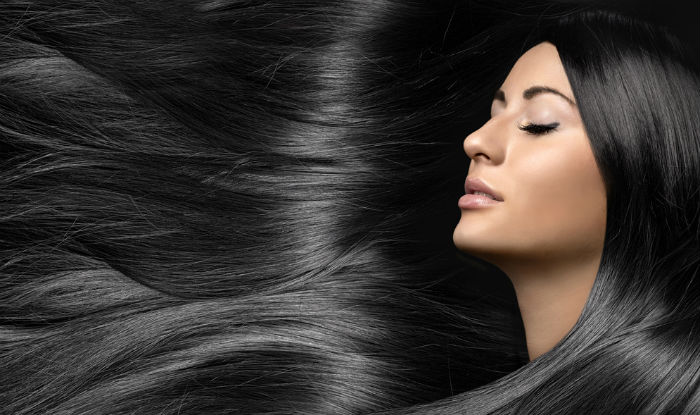
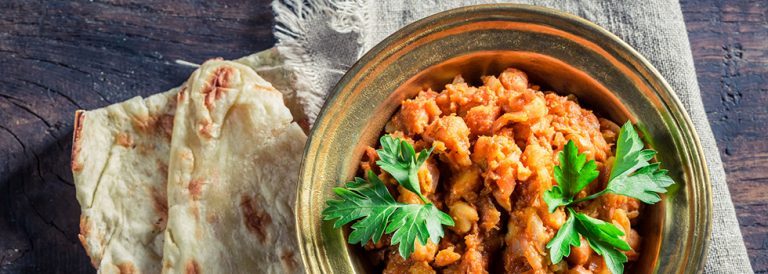
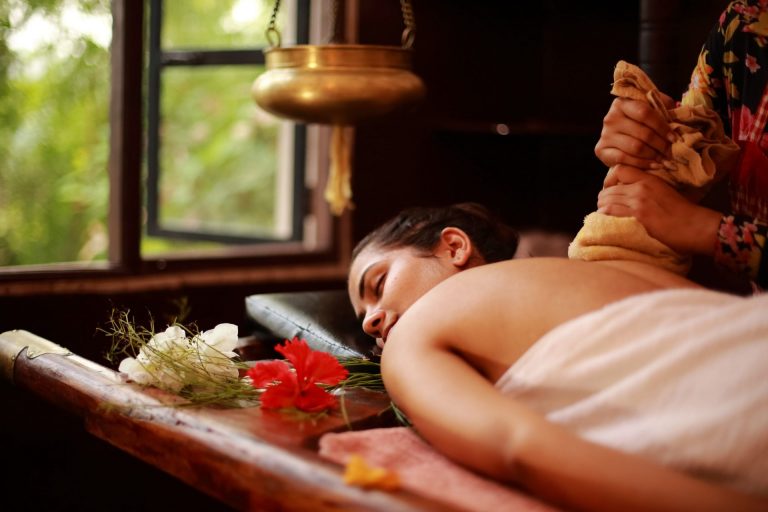

 When there is congestion in the lungs causing repeated attacks of bronchitis, colds, cough or asthma, the Ayurvedic treatment is therapeutic vomiting, vamana, to eliminate the kapha causing the excess mucus. Often times this also releases repressed emotions that have been held in the kapha areas of the lungs and stomach along with the accumulated dosha. Once the mucus is released, the patient will feel instantly relieved. It is likely that congestion, wheezing and breathlessness will disappear and that the sinuses will become clear. Therapeutic vomiting is also indicated in chronic asthma, diabetes, chronic cold, lymphatic congestion, chronic indigestion and edema. After vamana, resting, fasting, smoking certain herbal cigarettes, and not suppressing natural urges (i.e., urination, defecation, gas, sneezing, coughing) is recommended. If vamana is administered properly, the person should feel relaxation in the lungs, will be able to breathe freely, will have lightness in the chest, clear thinking, a clear voice, a good appetite, and all symptoms of congestion disappear.
When there is congestion in the lungs causing repeated attacks of bronchitis, colds, cough or asthma, the Ayurvedic treatment is therapeutic vomiting, vamana, to eliminate the kapha causing the excess mucus. Often times this also releases repressed emotions that have been held in the kapha areas of the lungs and stomach along with the accumulated dosha. Once the mucus is released, the patient will feel instantly relieved. It is likely that congestion, wheezing and breathlessness will disappear and that the sinuses will become clear. Therapeutic vomiting is also indicated in chronic asthma, diabetes, chronic cold, lymphatic congestion, chronic indigestion and edema. After vamana, resting, fasting, smoking certain herbal cigarettes, and not suppressing natural urges (i.e., urination, defecation, gas, sneezing, coughing) is recommended. If vamana is administered properly, the person should feel relaxation in the lungs, will be able to breathe freely, will have lightness in the chest, clear thinking, a clear voice, a good appetite, and all symptoms of congestion disappear. When excess bile, pitta, is secreted and accumulated in the gall bladder, liver and small intestine, it tends to result in rashes, skin inflammation, acne, chronic attacks of fever, biliary vomiting, nausea and jaundice. Ayurvedic literature suggests in these conditions the administration of therapeutic purgation or a therapeutic laxative. Purgatives help relieve the excess pitta causing the bile disturbance in the body. In fact, purgatives can completely cure the problem of excess pitta. When purgatives are used, the patient should not eat foods that will aggravate the predominant humor or cause the three humors to become unbalanced.
When excess bile, pitta, is secreted and accumulated in the gall bladder, liver and small intestine, it tends to result in rashes, skin inflammation, acne, chronic attacks of fever, biliary vomiting, nausea and jaundice. Ayurvedic literature suggests in these conditions the administration of therapeutic purgation or a therapeutic laxative. Purgatives help relieve the excess pitta causing the bile disturbance in the body. In fact, purgatives can completely cure the problem of excess pitta. When purgatives are used, the patient should not eat foods that will aggravate the predominant humor or cause the three humors to become unbalanced. Vata is a very active principle in pathogenesis (disease). If we can control vata through the use of basti, we have gone a long way in going to the root cause of the vast majority of diseases. Vata is the main etiological (causal) factor in the manifestation of diseases. It is the motive force behind the elimination and retention of feces, urine, bile and other excreta. Vata is mainly located in the large intestine, but bone tissue (asthi dhatu) is also a site for vata. Hence the medication administered rectally effects asthi dhatu. The mucus membrane of the colon is related to the outer covering of the bones (periosteum), which nourishes the bones. Therefore, any medication given rectally goes into the deeper tissues, like bones, and corrects vata disorders.
Vata is a very active principle in pathogenesis (disease). If we can control vata through the use of basti, we have gone a long way in going to the root cause of the vast majority of diseases. Vata is the main etiological (causal) factor in the manifestation of diseases. It is the motive force behind the elimination and retention of feces, urine, bile and other excreta. Vata is mainly located in the large intestine, but bone tissue (asthi dhatu) is also a site for vata. Hence the medication administered rectally effects asthi dhatu. The mucus membrane of the colon is related to the outer covering of the bones (periosteum), which nourishes the bones. Therefore, any medication given rectally goes into the deeper tissues, like bones, and corrects vata disorders. The nose is the doorway to the brain and it is also the doorway to consciousness. The nasal administration of medication is called nasya. An excess of bodily humors accumulated in the sinus, throat, nose or head areas is eliminated by means of the nearest possible opening, the nose. Prana, life force as nerve energy, enters the body through the breath taken in through the nose. Prana is in the brain and maintains sensory and motor functions. Prana also governs mental activities, memory, concentration and intellectual activities. Deranged prana creates defective functioning of all these activities and produces headaches, convulsions, loss of memory and reduced sensory perception. Thus nasal administration, nasya, is indicated for prana disorders, sinus congestion, migraine headaches, convulsions and certain eye and ear problems. Breathing also can be improved through nasal massage. For this treatment, the little finger is dipped into ghee and inserted into the nose. The inner walls of the nose are slowly massaged, going as deeply as possible. This treatment will help to open the emotions. (Nose tissue is tender and for this application the fingernail must be kept short to avoid injuring the delicate mucus membranes.) Since most people have a deviated nasal septum, one side of the nose will be easier to penetrate and massage than the other. The finger should not be inserted forcibly. The massage should proceed by slow penetration, the finger moving first in a clockwise and then counter-clockwise direction. By this means, the emotions that are blocked in the respiratory tract will be released. One may use this treatment each morning and evening. In this way, breathing patterns will change as the emotions are released and the eyesight also will improve.
The nose is the doorway to the brain and it is also the doorway to consciousness. The nasal administration of medication is called nasya. An excess of bodily humors accumulated in the sinus, throat, nose or head areas is eliminated by means of the nearest possible opening, the nose. Prana, life force as nerve energy, enters the body through the breath taken in through the nose. Prana is in the brain and maintains sensory and motor functions. Prana also governs mental activities, memory, concentration and intellectual activities. Deranged prana creates defective functioning of all these activities and produces headaches, convulsions, loss of memory and reduced sensory perception. Thus nasal administration, nasya, is indicated for prana disorders, sinus congestion, migraine headaches, convulsions and certain eye and ear problems. Breathing also can be improved through nasal massage. For this treatment, the little finger is dipped into ghee and inserted into the nose. The inner walls of the nose are slowly massaged, going as deeply as possible. This treatment will help to open the emotions. (Nose tissue is tender and for this application the fingernail must be kept short to avoid injuring the delicate mucus membranes.) Since most people have a deviated nasal septum, one side of the nose will be easier to penetrate and massage than the other. The finger should not be inserted forcibly. The massage should proceed by slow penetration, the finger moving first in a clockwise and then counter-clockwise direction. By this means, the emotions that are blocked in the respiratory tract will be released. One may use this treatment each morning and evening. In this way, breathing patterns will change as the emotions are released and the eyesight also will improve. Toxins present in the gastrointestinal tract are absorbed into the blood and circulated throughout the body. This condition is called toxemia, which is the basic cause of repeated infections, hypertension and certain other circulatory conditions. This includes repeated attacks of skin disorders such as urticaria, rashes, herpes, eczema, acne, scabies, leukoderma, chronic itching or hives. In such conditions, along with internal medication, elimination of the toxins and purification of the blood is necessary. Rakta moksha is also indicated for cases of enlarged liver, spleen and gout. Pitta is produced from the disintegrated red blood cells in the liver. So pitta and blood have a very close relationship. An increase in pitta may go into the blood causing toxicity, and thus many pitta-genic disorders. Extracting a small amount of blood from a vein relieves the tension created by the pitta-genic toxins in the blood. Leeches have been used as an alternative to bloodletting. Bloodletting also stimulates the spleen to produce anti-toxic substances that help to stimulate the immune system. Toxins are neutralized, enabling radical cures in many blood-borne disorders. Certain substances such as sugar, salt, yogurt, sour-tasting foods and alcohol are toxic to the blood. In certain blood disorders these substances should be avoided to keep the blood pure. For rakta moksha treatment other than bloodletting, there are blood-purifying practices involving herbs, gem therapy or color water therapy. For any rakta moksha treatment or related alternative treatment, it is beneficial to refrain from yogurt, salt, sugar, alcohol, marijuana, sour and fermented foods.
Toxins present in the gastrointestinal tract are absorbed into the blood and circulated throughout the body. This condition is called toxemia, which is the basic cause of repeated infections, hypertension and certain other circulatory conditions. This includes repeated attacks of skin disorders such as urticaria, rashes, herpes, eczema, acne, scabies, leukoderma, chronic itching or hives. In such conditions, along with internal medication, elimination of the toxins and purification of the blood is necessary. Rakta moksha is also indicated for cases of enlarged liver, spleen and gout. Pitta is produced from the disintegrated red blood cells in the liver. So pitta and blood have a very close relationship. An increase in pitta may go into the blood causing toxicity, and thus many pitta-genic disorders. Extracting a small amount of blood from a vein relieves the tension created by the pitta-genic toxins in the blood. Leeches have been used as an alternative to bloodletting. Bloodletting also stimulates the spleen to produce anti-toxic substances that help to stimulate the immune system. Toxins are neutralized, enabling radical cures in many blood-borne disorders. Certain substances such as sugar, salt, yogurt, sour-tasting foods and alcohol are toxic to the blood. In certain blood disorders these substances should be avoided to keep the blood pure. For rakta moksha treatment other than bloodletting, there are blood-purifying practices involving herbs, gem therapy or color water therapy. For any rakta moksha treatment or related alternative treatment, it is beneficial to refrain from yogurt, salt, sugar, alcohol, marijuana, sour and fermented foods.